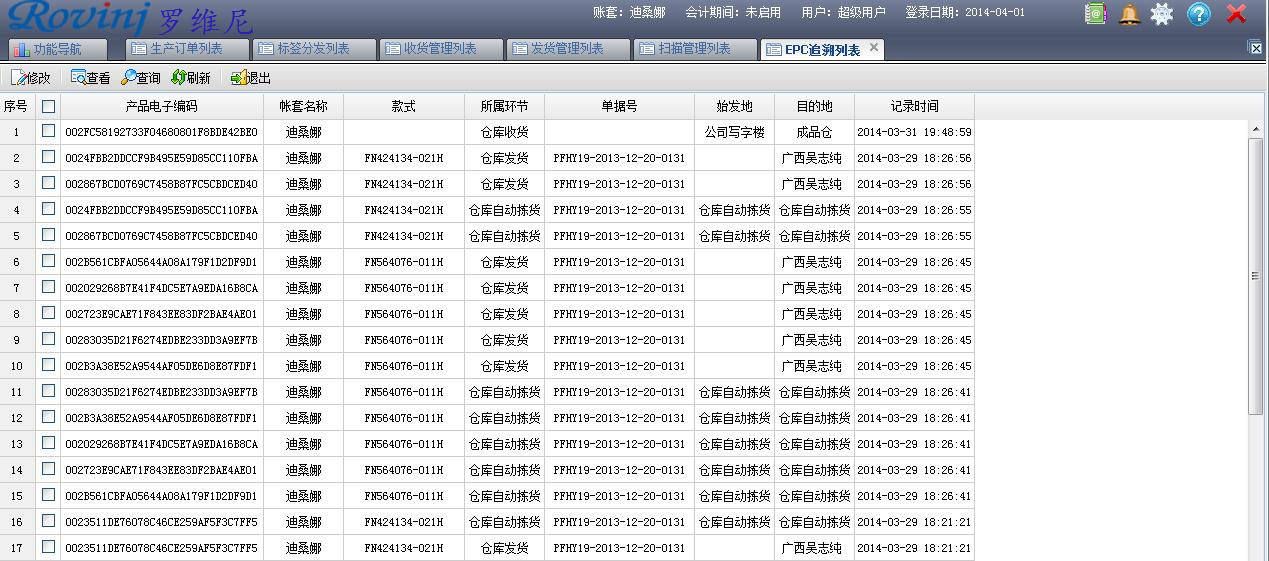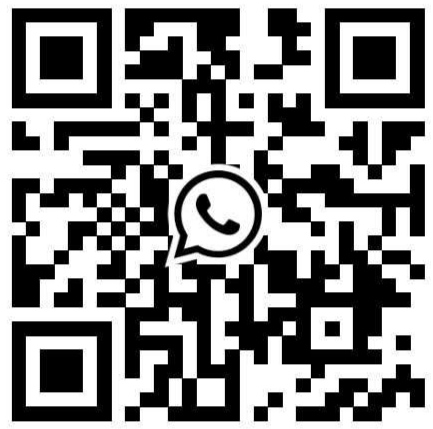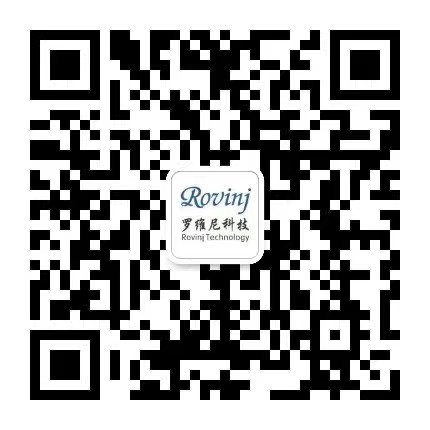System Overview:
With the rapid development of the market economy, it has promoted the diversification and richness of products in the consumer goods market such as apparel, leather bags, etc., and fully satisfied the needs of consumers. But at the same time, counterfeiting, counterfeit products and channeling of some well-known brands at home and abroad have also appeared, which has seriously affected the interests of consumers and businesses. Many well-known brand companies are also constantly looking for new ways to promote and protect their brands and products.
The phenomenon of counterfeit goods and channeling goods is manifested in the consumer goods industry such as alcohol, food, medicine, clothing, leather goods, luggage and so on. Once counterfeit and unqualified products appear, it will bring immeasurable losses to personal interests and business development. . The production, circulation, and use of these products require safe and effective safeguards against imitations and counterfeiting.
System goals:
China has always been referred to as a large country of counterfeit goods. Counterfeit and shoddy products not only bring loss of vital benefits to enterprises and consumers, but also seriously affect the country's economic development and reputation. Instant countries and companies spend a lot of manpower and financial resources every year to prevent counterfeiting and counterfeiting.
At the same time, online channeling has seriously caused the flow of goods not to be grasped, channels are controlled and controlled, and the agents are polarized, which leads to high risks for the company, and also makes use of preferential policies and fails to achieve the expected benefits. The falsified products have been dumped online at low prices, and such a vicious cycle has also seriously affected the interests of other agents.
However, most of the products currently on the domestic market use automatic identification and data collection through one-dimensional and two-dimensional barcodes. Its technology is not unique and exclusive, and it is easy to copy, so it can not play the role of genuine anti-counterfeiting and anti-channeling. At present, a trend of using electronic tag technology for anti-counterfeiting and anti-channeling is gradually emerging in the field of international automatic identification. With the mature development and popularization of RFID technology, its advantages have attracted widespread attention.

System advantages:
It uses radio frequency for non-contact two-way communication to achieve identification purposes and exchange data. Compared with other anti-counterfeiting technologies such as laser anti-counterfeiting, digital anti-counterfeiting and other anti-counterfeiting technologies, the advantage of using radio frequency identification technology is that the company affixes a uniquely marked RFID tag on each product, which contains product name and specification information, production information, Serial number, sales information, etc., each tag has a globally unique ID number-UID, RFID electronic tags become the "identity card" of the product. Electronic tags have a unique code in the world that cannot be modified or forged; no mechanical wear and anti-fouling features make RFID technology the most advanced anti-counterfeiting and anti-channeling technology in the world.
In addition to the password protection of electronic tags, the data part can use some algorithms to achieve security management; there is a process of mutual authentication between RFID readers and tags.
RFID technical characteristics:
◆ The world's only ID anti-counterfeiting chip, which cannot be modified or forged;
◆ Flexible installation method to ensure that the chip is not removable and not portable;
◆ Easily realize the whole process of monitoring and tracking the asset's physical use cycle;
◆ The handheld reader can be used to realize batch verification with manufacturers in any access to the Internet network;
◆ The chip has a built-in 96bit or larger storage space, which can be written with manufacturer's customized information and can be encrypted;
◆ The reader can realize long-distance reading, fixed reader 7~12 meters, handheld reader about 2 meters;
◆ Realize batch reading of more than 100 tags in 1 second, speed up logistics operation;
◆ RFID collected data can be exchanged and docked with the enterprise's existing application system.
Function description:
1. Product traceability and identification function The RFID tag has a unique code, which is equivalent to issuing an ID card to each product, and because it carries electronic information, its data content can be protected by a password. Compared with other labels, the content of the product is not easy to be forged and altered. And because of its uniqueness, it is difficult to copy and costly. Therefore, the use of RFID tags can really help brands to achieve anti-counterfeiting and anti-channeling purposes.
2. Penetrating and barrier-free reading RFID tags can penetrate non-metallic or non-transparent materials such as paper, wood and plastic, so that they can be sewn inside the product and track the flow of the product to prevent malicious destruction and disassembly.
3. Data read and write function Through R F I D tags, without contact, you can directly read or write information to the tag within a certain distance, and the contents of the write can be rewritten (erased) multiple times. It can operate in batches when reading and writing, up to 200 per second. Therefore, the use cost is greatly reduced and the logistics efficiency is improved.
4. Miniaturization and diversified shapes The reading of RFID tags is not limited by the size and shape, and it is not necessary to match the fixed size and printing quality of the paper for reading accuracy. In addition, RFID tags can be further miniaturized and diversified in shape to apply to different products.
System Interface:

Wake up Intelligent Management, Start up the Journey with Rovinj
Click to View More Details
View DetailsMedical
Consumables
Warehouse
Oversea
.png)


Product
Solution
Product